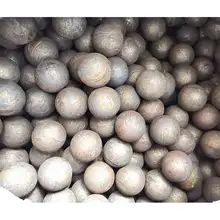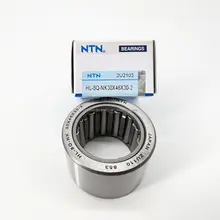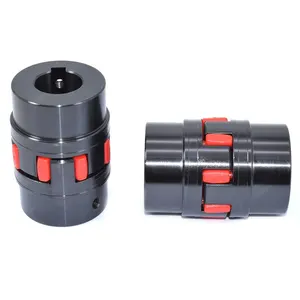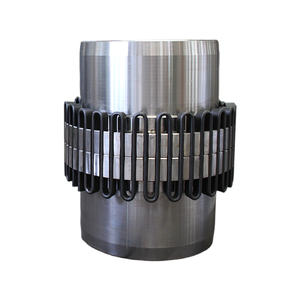Exploring Grid Spring Coupling Varieties
Grid spring couplings are integral components in the realm of mechanical power transmission, offering versatility and durability for various industrial applications. These couplings accommodate angular, parallel, and axial misalignments between connected shafts, ensuring seamless power transfer and reducing vibration and shock loads.
Types and Materials
Flexible couplings and rigid couplings represent two primary categories within this product line. Flexible couplings, often constructed from robust materials like stainless steel or advanced polymeric compounds, provide leeway for misalignments and are ideal for applications requiring flexibility. Rigid couplings, on the other hand, are suited for precise alignment scenarios, made from materials that ensure minimal flexibility to maintain shaft cohesiveness.
Applications and Features
The application of grid spring couplings spans across various industries, from automotive to heavy machinery. These couplings are particularly beneficial in scenarios where torsional flexibility and shock absorption are necessary. Features such as their ability to withstand high-speed rotation and their compatibility with different types of machinery make them a versatile choice for engineers and designers.
Advantages of Grid Spring Couplings
Among the advantages of grid spring couplings is their operational reliability. The design minimizes wear and tear, extending the lifespan of machinery. Additionally, these couplings often feature corrosion-resistant components like zinc-plated hubs, enhancing their durability in harsh environments. The inherent design of grid spring couplings allows for ease of maintenance, contributing to their popularity in various industrial settings.
Innovative Coupling Solutions
In the pursuit of innovation, magnetic shaft couplings emerge as a noteworthy mention. These couplings employ magnetic forces to transmit power without physical contact, significantly reducing the risk of wear and enabling quieter operation. Their ease of installation and maintenance makes them a forward-thinking alternative within the coupling industry.
Conclusion
In conclusion, grid spring couplings represent a crucial category in mechanical couplings, offering a blend of flexibility, strength, and durability. Their application in diverse industries underscores their adaptability and efficiency in power transmission tasks. As a key component in machinery, they continue to evolve, embracing materials and designs that cater to the demanding requirements of modern industrial applications.

































 浙公网安备 33010002000092号
浙公网安备 33010002000092号 浙B2-20120091-4
浙B2-20120091-4